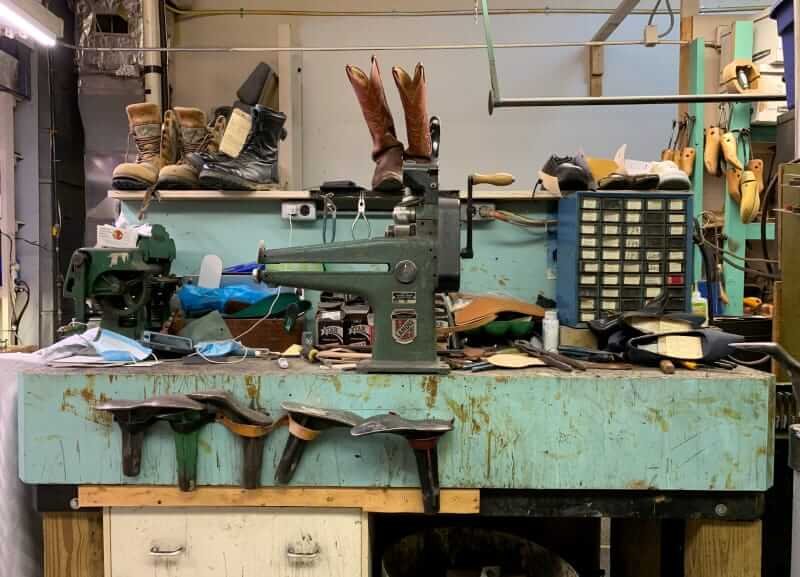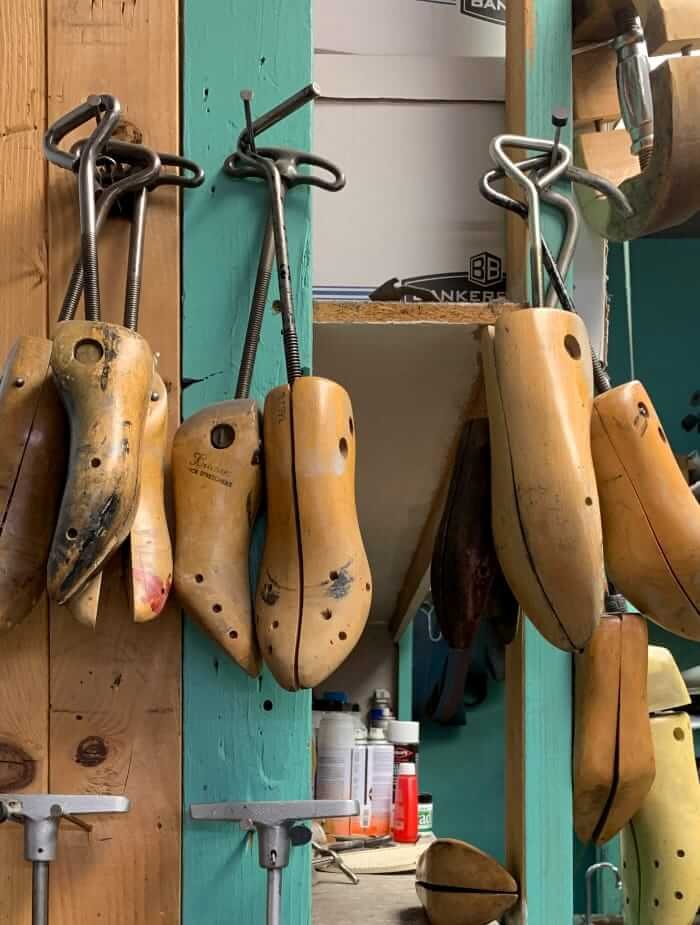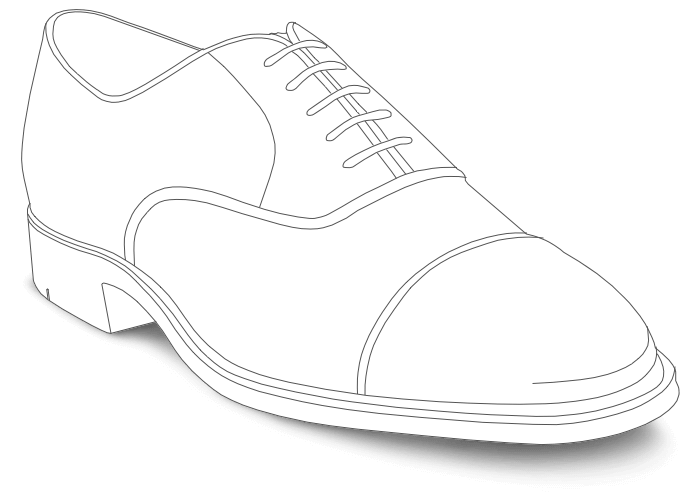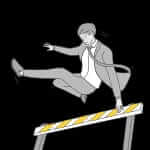
Having been born in Indiana, I share much of the Midwest Protestantism of my forebears and extended family. I believe hard work generally does pay off. I think a “thank you” can go a long way. And, I believe, too, that spending upwards of $500 on a single pair of shoes can be a bit ridiculous. Which is why I don't. Or, rather, I haven't since 2019, when I started using a cobbler.
I know that shoes aren't built the way they used to be—but some are. And those are usually an investment. If you're fed up with cheap, uncomfortable footwear that wears out in less than a year, then you're better off buying quality shoes and then taking care of that investment.

For many, a cobbler may seem like an antiquated profession. And there is something almost Victorian about it—up there with chimney sweeps and blacksmiths. But, I assure you, a cobbler has saved my bank account and made luxury shoes more accessible for me.
Of course, not every town has a cobbler anymore. They're a breed of professional that works by word-of-mouth and possibly an out-dated Facebook page, so Googling for one can sometimes be difficult. But once you find a good one, hold onto them. No one falls into being a cobbler. It's a skill that requires equal parts labor, patience and an appreciation of heritage. Most cobblers I've met have done an apprenticeship or grew up in the trade. They care about their products and, by extension, your happiness.


So why am I singing the praises of a cobbler? Easy—they're my best-kept secret to owning Prada, Gucci and Stubbs & Wootton shoes without ever spending retail. And now, you lucky thing, I'm sharing my secret with you.
I love a bargain (remember, I'm from the Midwest) and do a lot of perusing on second-hand sites such as Poshmark, The Real Real and even good ol' eBay. I look for shoes with potential (and a luxury name never hurts). A few scuff marks don't deter me. In fact, a pair of Stubbs & Wootton had an entire sole broken and I still grabbed them. The worse off, the cheaper these products are. Like a dilapidated house or a rambunctious puppy, it's all about seeing the potential.
These then go right to the cobbler. I usually have a conversation about the shoe in question and we decide the best approach and cost. A resole versus gluing the existing sole back on? Do we need to stretch it to go a size up? How bad are the scuffs? Can you live with them to save a few dollars? In my experience, having these conversations about the shoe makes it easier to know what the expectation is for its return—and no surprises on the bill later.
Advertisement
A week later and I'm driving my way back to the cobbler. I usually wear something I can easily kick off so I can wear my “new” shoes home. I'm a little too pleased with myself when I stop by the dollar store to get cat litter in a pair of Gucci mules—but who am I to care? I'm living in the euphoria of a good deal.
Cobblers, always a bit of an endangered species in the 20th century, are set to be extinct soon, I'm afraid. My own cobbler is a seventh-generation professional who is looking to sell his shop and get out of the business. So, maybe next time you buy a pair of second-hand shoes you can send them to a cobbler first. Consider it your good deed for the day (or, at least that's what I tell my husband when he asks what the hell I got on eBay this week).
FYI

Your local shoe doctor not only repairs shoes, but can fix all sorts of leather items like bags and jackets. And if you can't find one near you, US Shoe Repair offers a reliable mail-in service.
Advertisement

































